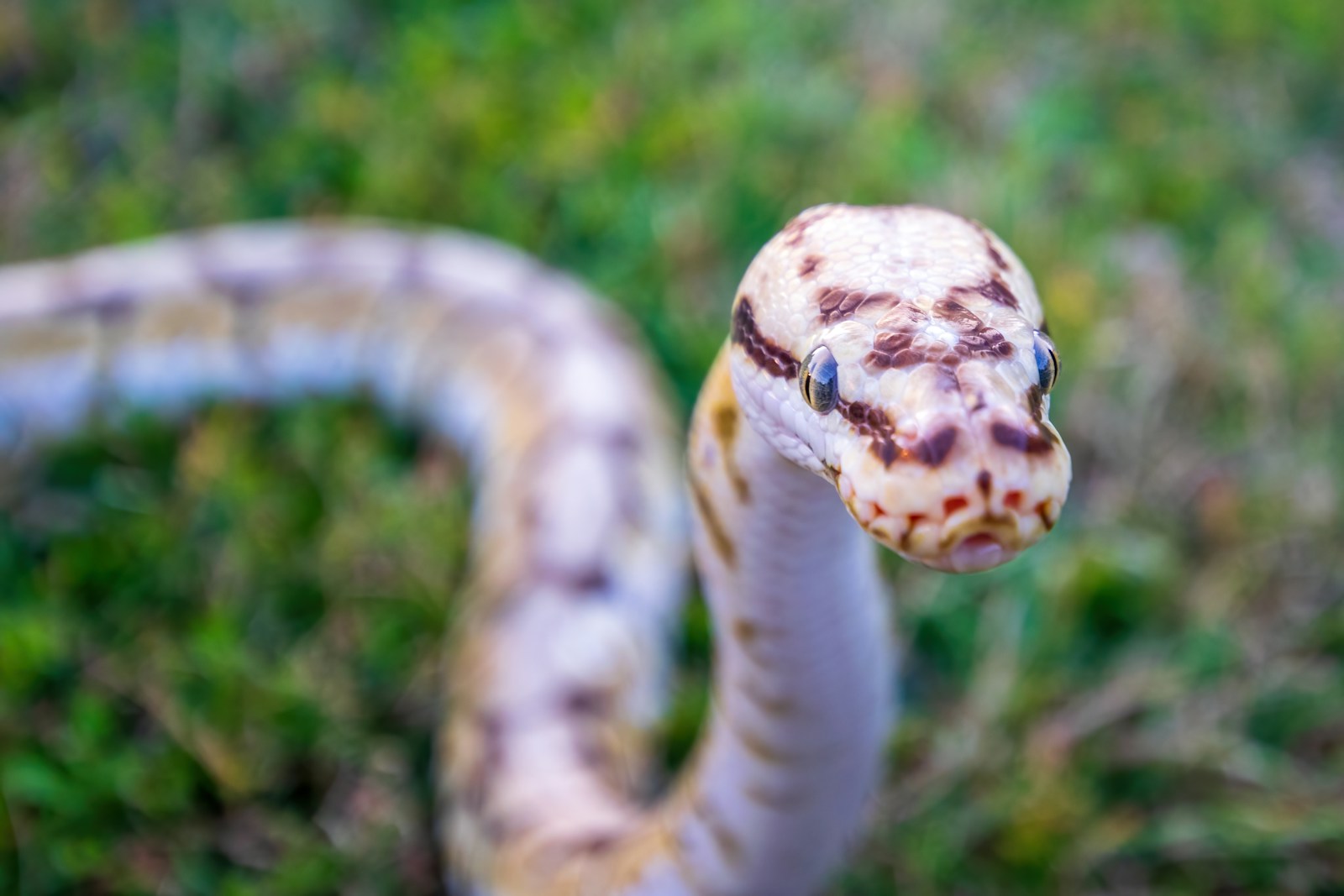In the vast world of wildlife defense mechanisms, few are as visually striking or as perplexing as that of the hoop snake—a creature that, when threatened, curls its body into a tight circle and rolls away from danger like a living wheel. While this behavior sounds like something from a tall tale, several snake species do indeed form circular positions when faced with threats, though not exactly for locomotion purposes. This fascinating defensive behavior has captivated the imagination of naturalists, herpetologists, and folklore enthusiasts alike. By examining the reality behind this curious behavior, we can better understand the remarkable adaptations snakes have developed to survive in a world full of predators.
The Myth vs. Reality of the Hoop Snake
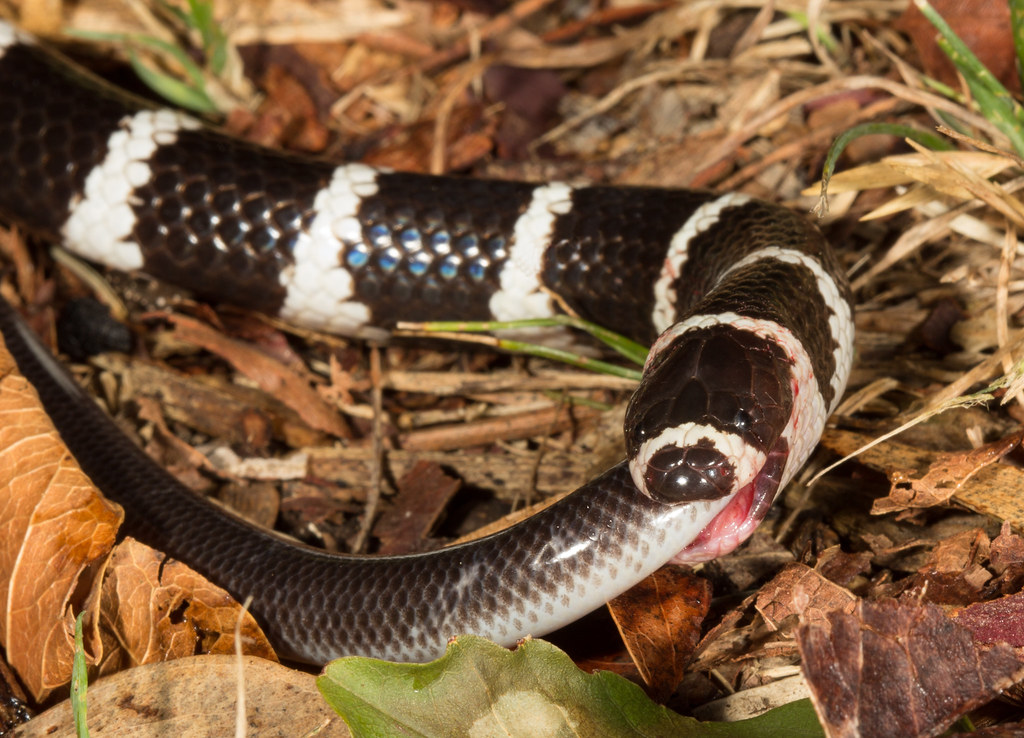
The legendary “hoop snake” that bites its tail to form a perfect circle and then rolls downhill to escape predators is firmly in the realm of folklore rather than zoology. This captivating myth has persisted in American folklore since colonial times, appearing in tall tales from various regions across the country. Despite countless claimed sightings over centuries, no scientific evidence supports the existence of snakes that roll like hoops for transportation. However, the myth wasn’t created from pure imagination—it was likely inspired by real defensive behaviors observed in certain snake species that do indeed form circular positions, though for entirely different reasons than the legends suggest.
The Mud Snake: A Primary Circle-Former

The Eastern Mud Snake (Farancia abacura) is perhaps the most well-known species that exhibits the circular defensive posture that may have inspired hoop snake legends. When threatened, this non-venomous aquatic species native to the southeastern United States will often coil its body tightly and hide its head in the center of the coil. The snake’s glossy black back contrasted with its bright red belly creates a striking visual display when coiled. Mud snakes are particularly known for their stiff, defensive posture that can make the snake’s body feel almost rigid when handled, further enhancing the impression of an unusual defense mechanism at work.
The Hognose Snake’s Dramatic Defense

The Eastern Hognose Snake (Heterodon platirhinos) takes defensive theatrics to another level, employing a repertoire of behaviors that includes circular positioning. When initially threatened, this snake will flatten its neck and hiss loudly, mimicking a cobra. If this display fails to deter a predator, the hognose will often roll onto its back and play dead, sometimes after thrashing about in tight circular motions. During these dramatic displays, the snake may twist its body into circular formations momentarily before “dying.” This species is sometimes called the “puff adder” or “spreading adder” due to its defensive neck-flattening behavior, though it bears no relation to the true African puff adder.
Rainbow Snakes and Their Coiling Behavior

The Rainbow Snake (Farancia erytrogramma), a close relative of the mud snake, also exhibits similar coiling behavior when feeling threatened. This glossy, colorful aquatic snake is known for its distinctive red stripes running along a black body, creating a beautiful pattern that becomes even more noticeable when the snake forms a defensive coil. When disturbed, rainbow snakes will often curl into a tight ball, tucking their head into the center of the coil for protection. Unlike many defensive snakes, rainbow snakes rarely attempt to bite when handled, instead relying on this coiling posture and occasionally releasing a musky defensive odor to deter potential threats.
The Science Behind Circular Defense Postures
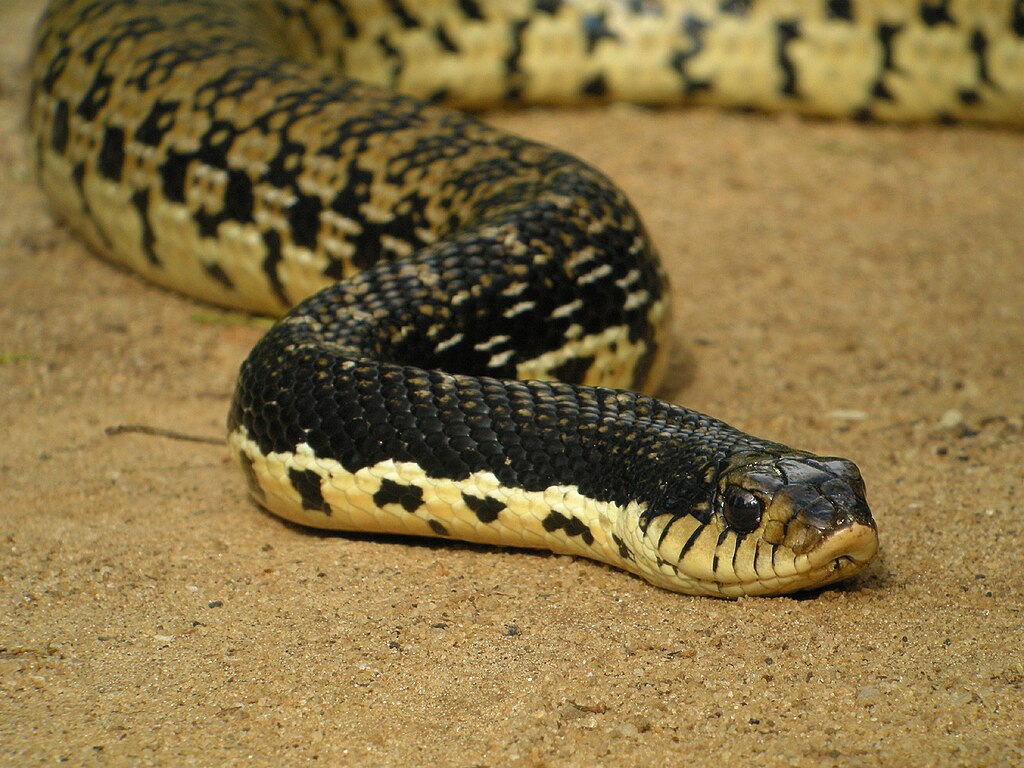
From an evolutionary perspective, adopting a circular posture serves several defensive purposes for snakes. By coiling tightly, a snake protects its most vulnerable body parts, particularly the head and neck, by positioning them at the center of the coil where they’re hardest to reach. This posture also makes the snake appear larger and more difficult to swallow for potential predators. Additionally, the tight coiling allows for rapid striking capability if needed, as the compressed muscles can generate significant force when released. Some species combine this posture with color displays, revealing bright warning coloration on their undersides that would normally remain hidden, creating a startling visual deterrent for predators.
Pine Snakes and Their Defensive Repertoire
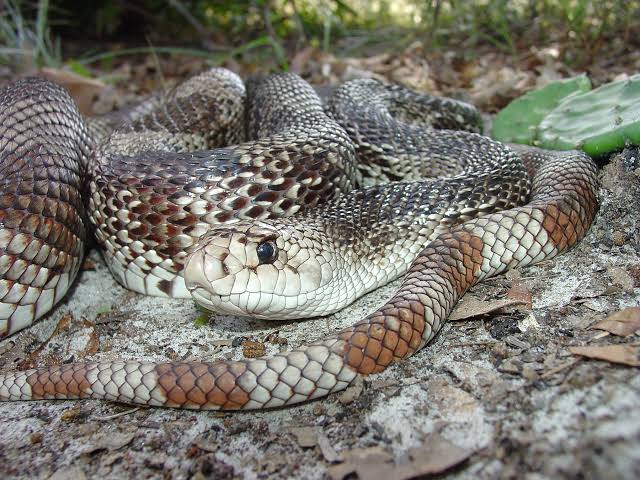
Pine Snakes (Pituophis melanoleucus) sometimes incorporate circular movements into their impressive defensive displays. When threatened, these powerful constrictors may coil their bodies and vibrate their tails rapidly against dry leaves, creating a sound remarkably similar to a rattlesnake’s warning. During intense defensive reactions, pine snakes may briefly contort their bodies into circular formations while simultaneously hissing loudly through a modified epiglottis that produces an unusually loud and intimidating sound. These large, non-venomous snakes are known for their elaborate bluffing behaviors that make them appear much more dangerous than they are to potential predators.
Ring-necked Snakes: Tiny Circle-Makers

The diminutive Ring-necked Snake (Diadophis punctatus) offers a smaller-scale version of the circular defense posture. When handled or threatened, these small, secretive snakes often coil their bodies tightly and expose their bright orange-red underside by flipping the tail into a tight curl. This behavior is believed to function as an aposematic (warning) display, suggesting to predators that the snake might be dangerous despite its small size. Ring-necked snakes are harmless to humans, possessing only mild venom delivered through rear fangs that’s effective against their small prey but not significant to larger animals. Their circular coiling serves primarily as a bluffing mechanism rather than for any actual defensive capability.
Ball Pythons: Masters of the Defensive Ball
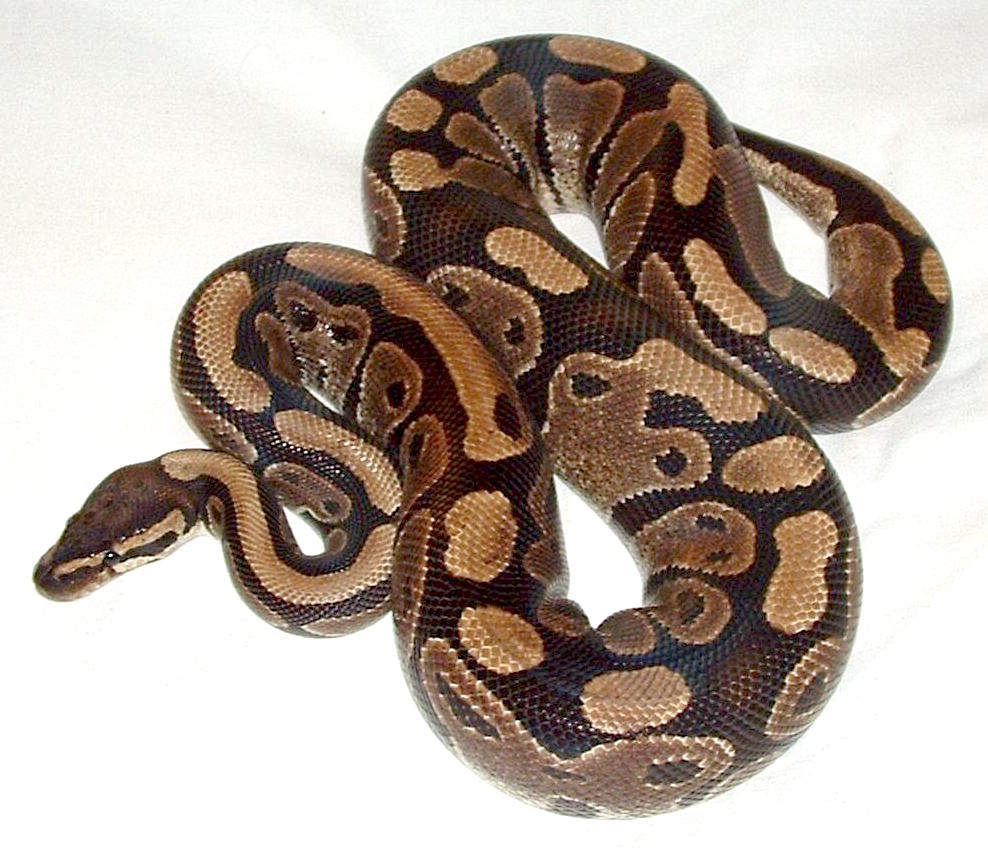
The Ball Python (Python regius) derives its common name directly from its remarkable defensive behavior of rolling into a tight ball when threatened. Native to West and Central Africa, these non-venomous constrictors tuck their head into the center of their coiled body and wrap their muscular frame around it for protection. This species has perfected the art of the defensive circle to such a degree that they can remain tightly coiled for hours if they perceive a continuing threat. Ball pythons are particularly adept at protecting their heads—their most vulnerable body part—making it nearly impossible for a predator to cause serious injury while the snake maintains this position.
Spinning Behavior in Threatened Snakes
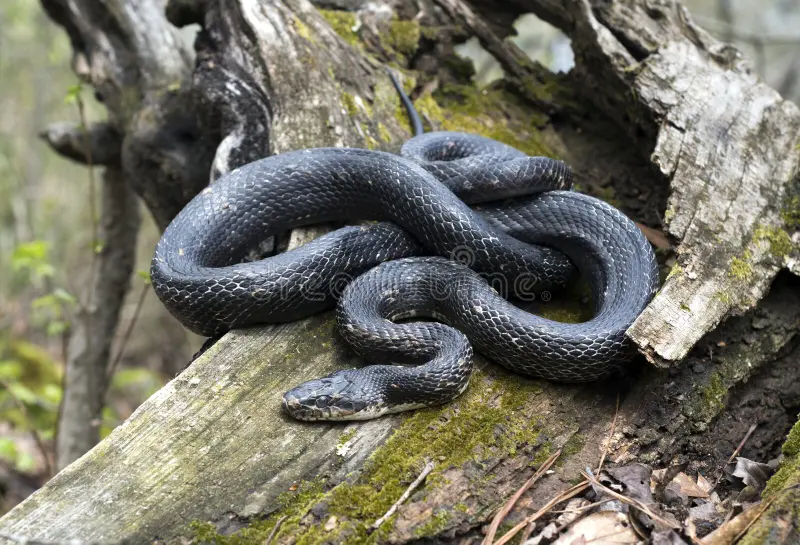
Beyond simple coiling, some snakes incorporate spinning or rotational movements when extremely agitated or threatened. This behavior is particularly evident in certain species, like some rat snakes and racers, which may spin or roll their bodies rapidly when restrained or cornered. This spinning is not the controlled rolling motion described in hoop snake legends, but rather a frantic thrashing that can appear circular as the snake attempts to disorient and escape from a predator. The speed and unpredictability of these movements can momentarily confuse predators, potentially creating an opportunity for the snake to escape the dangerous situation.
Regional Variations in Snake Defense Mechanisms
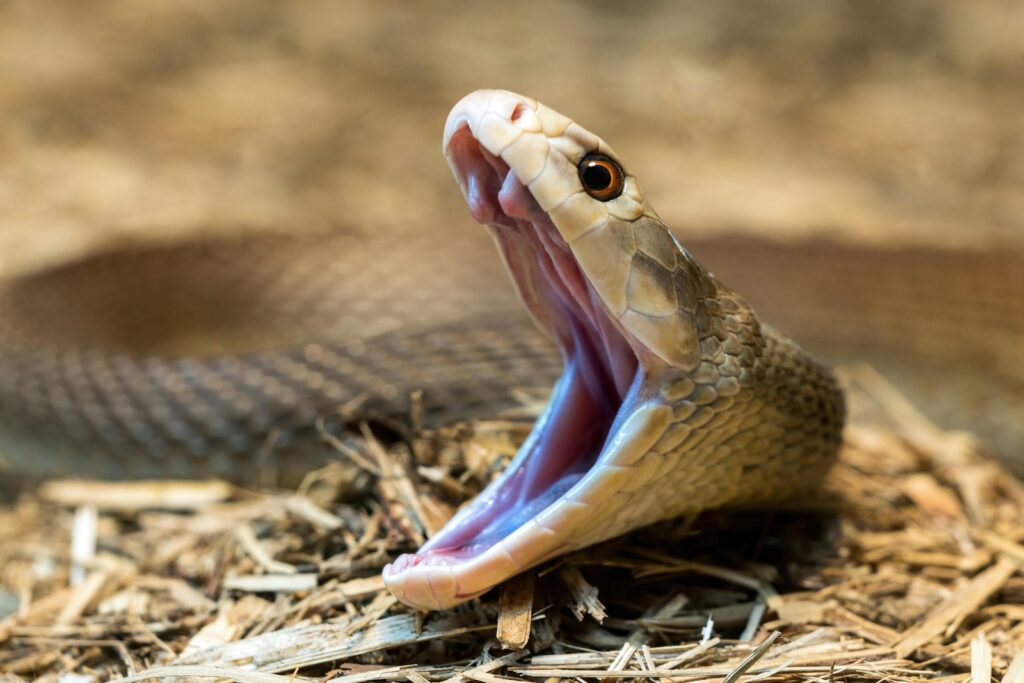
Interestingly, circular defensive postures in snakes show some regional variations depending on the predators present in different ecosystems. Snakes inhabiting areas with high bird predation pressure, such as hawks and eagles, may be more likely to adopt tight coiling postures that protect them from sharp talons and beaks attacking from above. Conversely, snakes from regions with numerous mammalian predators might combine circular posturing with other tactics like musking (releasing unpleasant odors) or mock striking. These regional adaptations demonstrate the remarkable evolutionary responses to specific predation pressures and highlight how defensive behaviors can be shaped by local ecological conditions.
How to Respond to a Defensive Snake

If you encounter a snake exhibiting circular defensive postures in the wild, the most appropriate response is to simply back away and give the animal space. These defensive behaviors indicate the snake feels threatened and is trying to protect itself, not that it’s preparing to attack. Most species that display circular coiling are harmless to humans and are merely attempting to appear intimidating or protect their vulnerable body parts. Never attempt to handle, provoke, or harm a snake displaying defensive behaviors, regardless of species. Remember that even non-venomous snakes can bite when cornered, and disturbing wildlife causes unnecessary stress to the animals while potentially putting yourself at risk.
The Role of Circular Defense in Snake Conservation
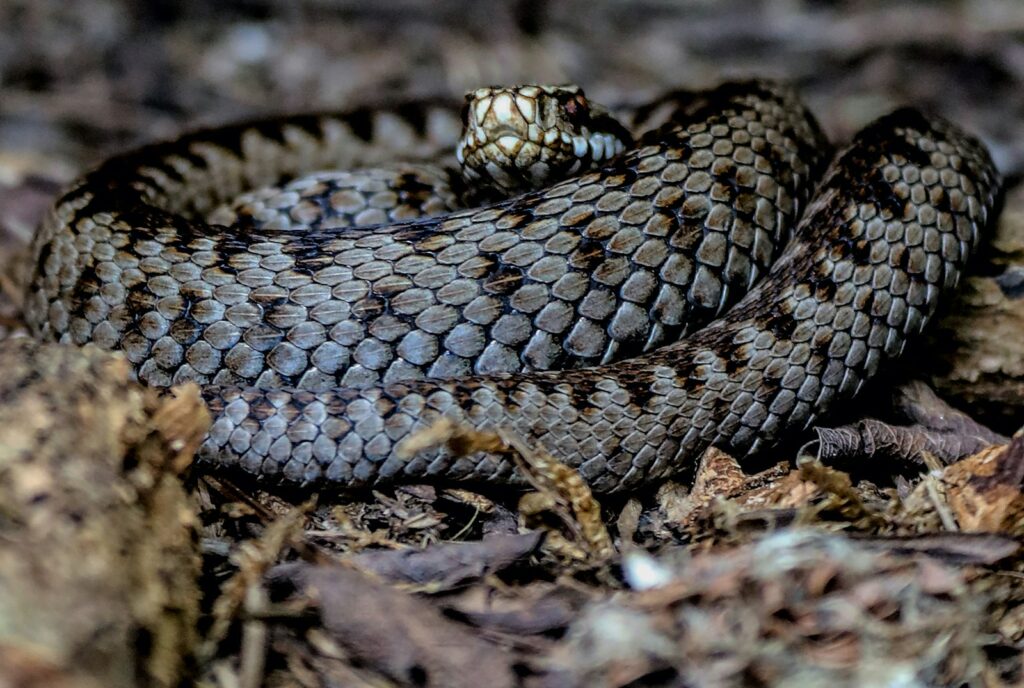
Understanding defensive behaviors like circular coiling has important implications for snake conservation efforts. Many species that exhibit these distinctive defensive postures face threats from habitat loss and human persecution, often stemming from fear and misunderstanding. By educating the public about these behaviors—explaining that they’re defensive rather than aggressive—conservationists hope to reduce needless killing of these ecologically important reptiles. Additionally, knowledge of species-specific defensive behaviors helps wildlife rehabilitators and field researchers handle snakes more safely and with less stress to the animals, contributing to more effective conservation programs for vulnerable species.
The phenomenon of snakes forming tight circles when threatened represents one of nature’s fascinating defensive adaptations rather than the mythical rolling behavior of folklore. From the dramatic displays of hognose snakes to the protective coiling of ball pythons, these behaviors serve crucial survival functions by protecting vulnerable body parts and deterring potential predators. While no snake rolls like a hoop to escape danger, the real defensive behaviors are arguably more interesting than the myths they inspired. By appreciating the science behind these remarkable adaptations, we gain not only a deeper understanding of snake behavior but also greater respect for the sophisticated survival strategies that have evolved in these often misunderstood reptiles.

